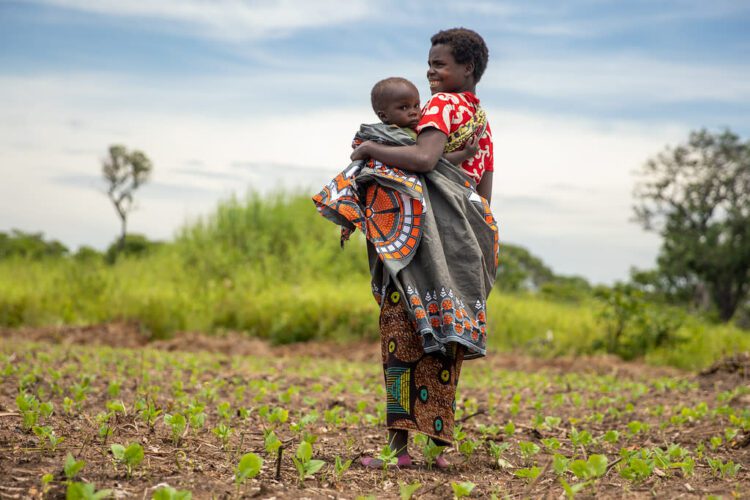End of the curfew in the country
First case: 6 March 2020
Total cases: 790 (as of 23 July 2020)
Total deaths: 15
Schools: Closed
Borders/flights: All borders closed.
Containment measures: The Togolese government has decided that as of 9 June 9:
– The total lifting of the curfew;
– The lifting of the closure of the cities initially concerned;
– The obligation to wear a protective mask for all.
Situation:
In Togo, the sanitary curfew decreed at the beginning of April ended on 9 June. The government also lifted the entry and exit ban that was in effect in some cities, such as the capital Lomé, Tsévié, Kpalimé and Sokodé. Wearing a mask is now compulsory across the country.
The first confirmed case of COVID-19 was notified in Togo on 6 March 2020. To limit the spread of COVID-19, the authorities closed schools and universities, places of worship, bars and restaurants. Meetings are prohibited and a curfew was imposed from 9 p.m. to 5 a.m. in certain regions.
All five regions are affected, with the Maritimes accounting for 61% of cases. Free care and a toll-free number for infected people has been set up, but the common nature of symptoms and poor access to the mobile network hamper reporting and monitoring.
The healthcare system is extremely fragile. Given limited health services, the redeployment of resources to manage COVID-19 will negatively impact on access for vulnerable groups (pregnant women, People living with HIV/AIDS, and populations with underlying health conditions) to adequate healthcare.
An estimated 3% fall in GDP will negatively impact public finances and household consumption. Restrictive measures will hit the agricultural sector that provides more than 20% of export earnings and employs over 80% of the rural population. This will in turn impact food availability and household purchasing power. Limiting agriculture and subsistence activities of the informal sector (3.34 million people including 52,7% of women) leaves the vulnerable households without livelihoods.
Food security analysis of the “Cadre Harmonisé-IPC” (CH), which covered 37 prefectures in the country, indicates for the period of June-August 2020, nearly 535,000 people are under pressure (CH phase 2) and 5,946 people in crisis (CH phase 3), with three prefectures in phase 2 “under pressure”, Bas-Mono, Lacs and Tône. With the current COVID-19 outbreak, the number of people in a fragile situation is expected to increase. It should also be noted that most of these areas are also affected by floods and the forthcoming rainy season might worsen the situation.
In addition, the closure of schools resulted in more than 2.7 million learners (including 40% girls) being kept at home. More than 91,000 students in 315 public primary schools who
received school meals had their source of balanced daily meals suspended. Similarly, nearly 50,000 primary school students waiting to benefit from the school canteen programme were not able to join the programme.
Refugee camps are high-risk locations for the spread of communicable infections as they often lack adequate healthcare, food and water, sanitation and hygiene. Togo is currently hosting 12,336 refugees, 9,747 of whom are rural and 2,589 urban, 1,182 of whom are in Avépozo camp, near the capital Lomé. The congested living conditions in the camp limit social distancing measures.
Response:
The United Nations System and its partners work with the Government in the various sectors to prepare for and respond to COVID-19 emergencies. WHO is the Lead Agency for the health response to the COVID-19 epidemic in Togo.
The country has set up an inter-ministerial body to manage the health crisis with the National Coordination of Response Management at Covid-19 in Togo (CNGR Covid-19).
To support eligible Togolese citizens in the informal sector whose daily income has been disrupted by the Coronavirus crisis, the Government of Togo has set up the “NOVISSI” cash transfer scheme. NOVISSI provides monthly financial aid to the most vulnerable individuals and families throughout the duration of the state of health emergency.
The National Communication Commission with the support of UN agencies developed awareness-raising products (100,500 Flyers, 50,000 posters, 300 banners, audio spots in 18 languages); a media campaign, through 36 radios, 3 televisions, 12 press organs and two mobile operators were also launched; Key messages have been developed on knowledge of the disease, modes of transmission, means of prevention as well as what to do in the event of detection of the disease; a capacity building program for the various actors(Health personnel, Community health workers, community relays, traditional and religious leaders and other community development agents) is being developed and will be implemented in the coming days.
Useful links:
https://covid19.gouv.tg/
Source link : https://reports.unocha.org/en/country/west-central-africa/card/EC2KKfjxtZ/
Author :
Publish date : 2020-07-26 03:00:00
Copyright for syndicated content belongs to the linked Source.
